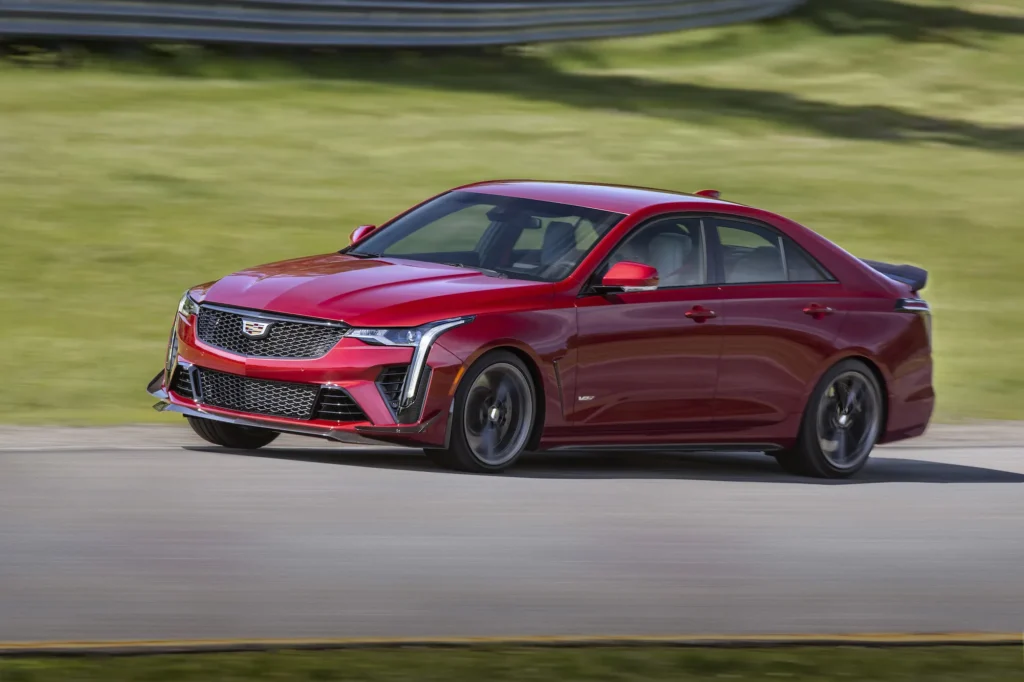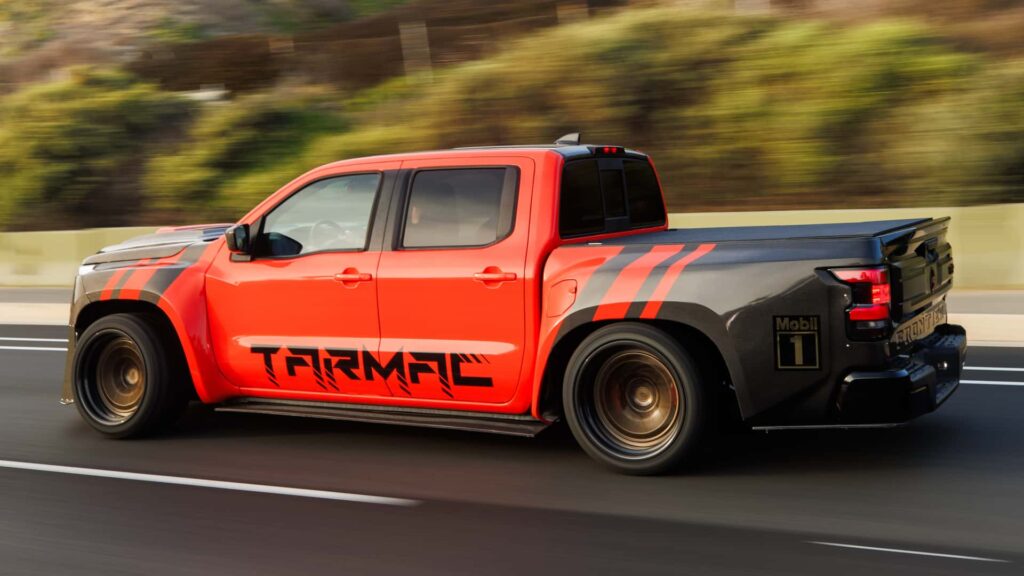General Motors is looking to apply technology from adaptive dampers to springs for future suspension systems, a recently surfaced patent filing indicates.
GM was a pioneer of magnetorheological dampers, which use a magnetic fluid to quickly alter damper firmness. In a patent application published by the United States Patent and Trademark Office (USPTO) Nov. 7, 2024, and filed by GM May 5, 2023, the automaker lays out a design for magnetorheological springs as well.
General Motors adaptive spring patent image
Magnetorheological works by using magnets to adjust its viscosity, which happens when metallic particles in the fluid react to a magnetic field. This is currently used in dampers to switch between firm and soft settings, but in the document GM discusses using it to adjust spring rates to emphasize performance or ride comfort as needed.
The design in the patent application includes two individual springs with a central seat in between. The seat would have an outer sleeve containing magnetorheological fluid, along with electromagnets. When the magnets are energized, the fluid becomes thicker and inhibits the movement of the springs. De-energizing the magnets allows for more spring movement and thus more suspension travel.
General Motors adaptive spring patent image
Not all patented ideas make it to production, but it doesn’t take too much imagination to picture adaptive springs integrated with future versions of the MagneRide damping system used in current GM models.
No similar patent applications from other automakers have surfaced recently, but it appears Ford is working on position-sensitive dampers to rival the Multimatic DSSV (Dynamic Suspensions Spool Valve) dampers used in the Chevrolet Colorado ZR2 and other GM off-road trucks.


